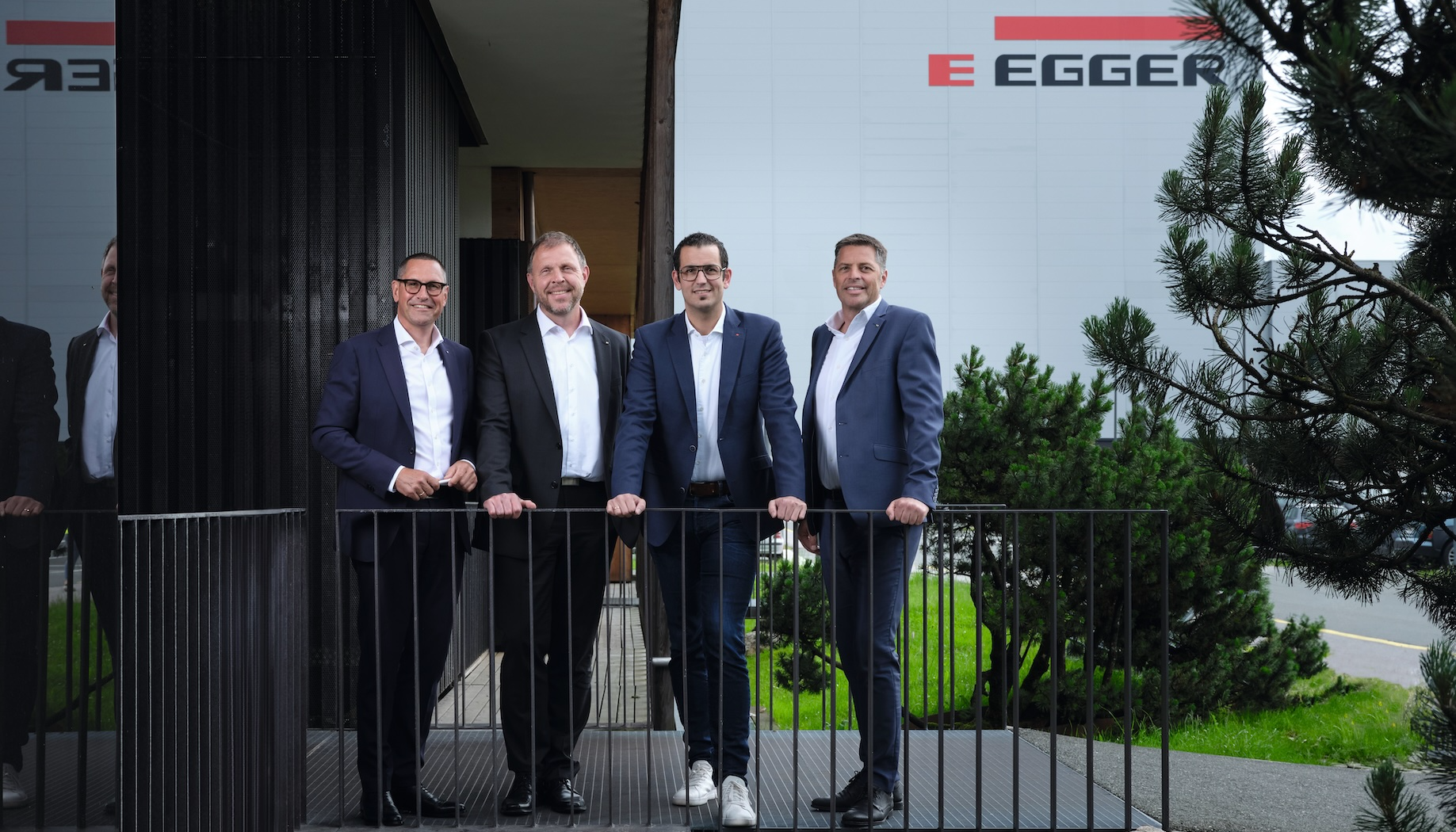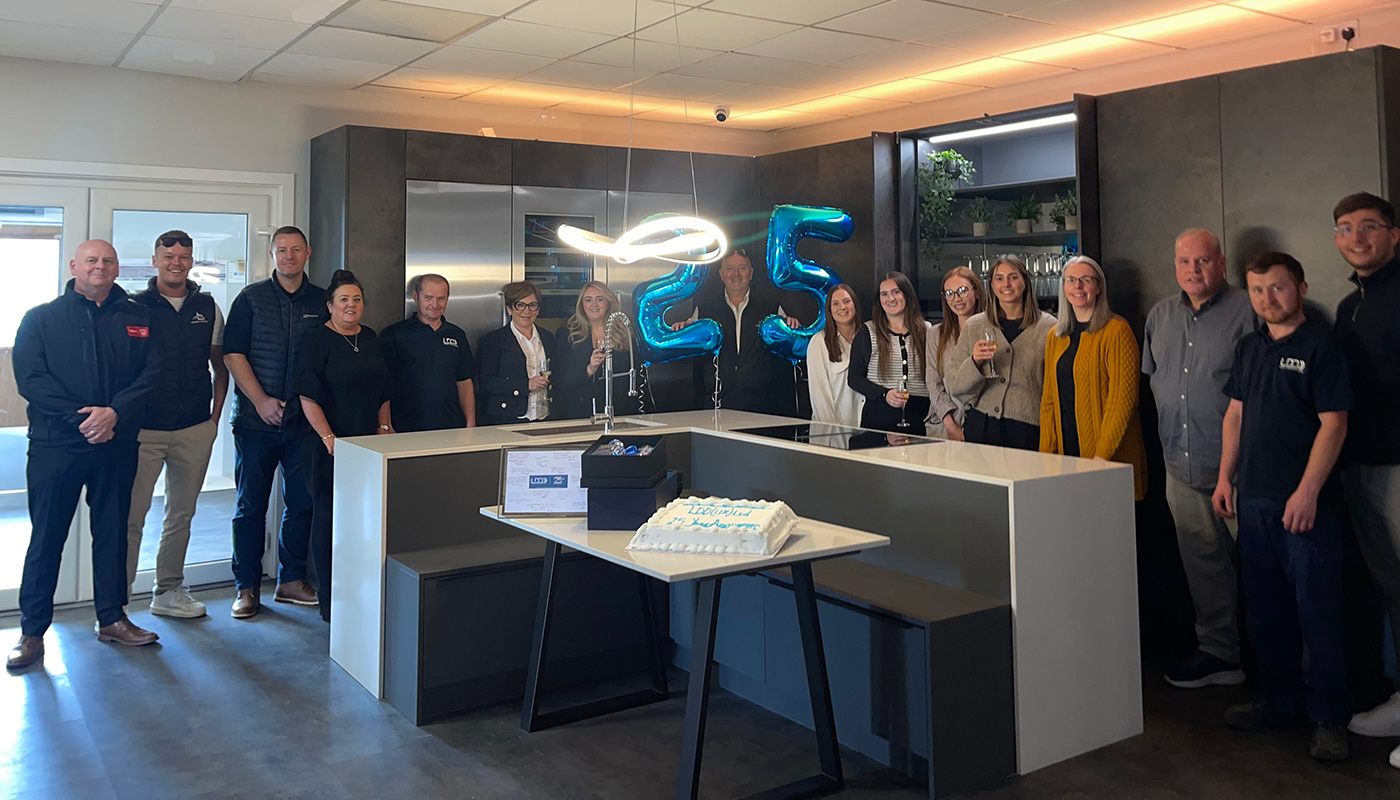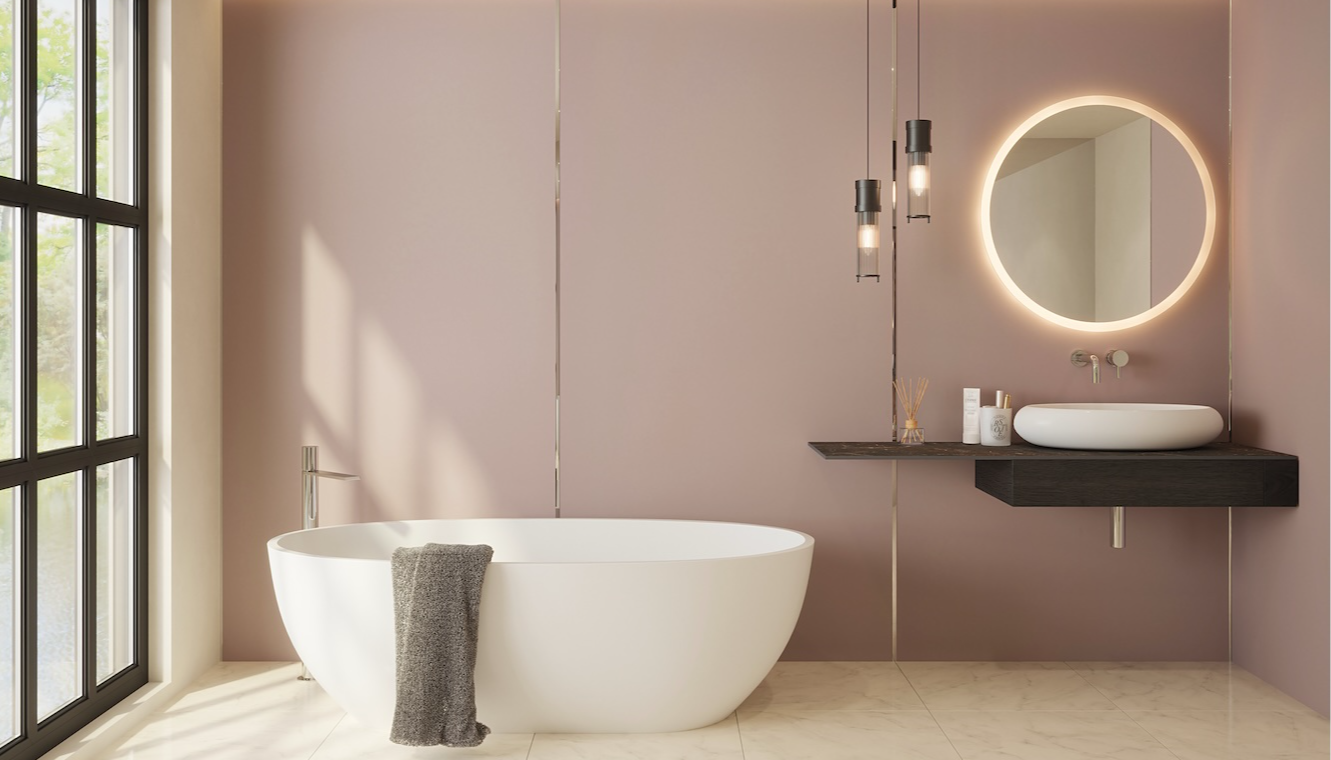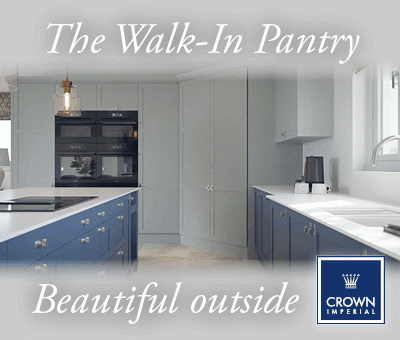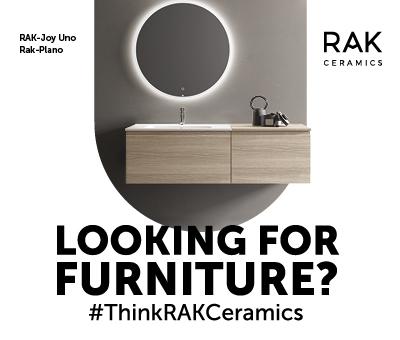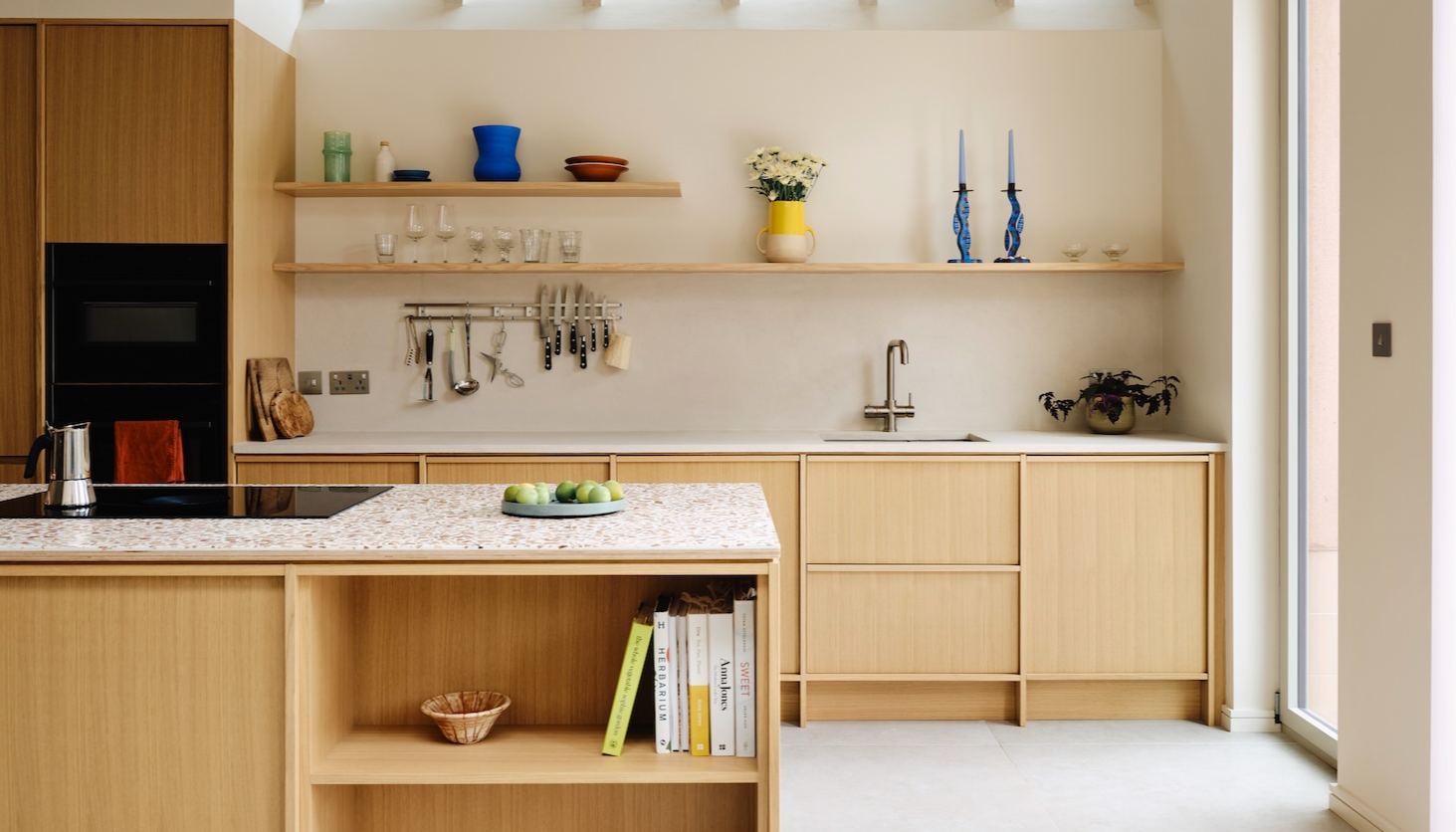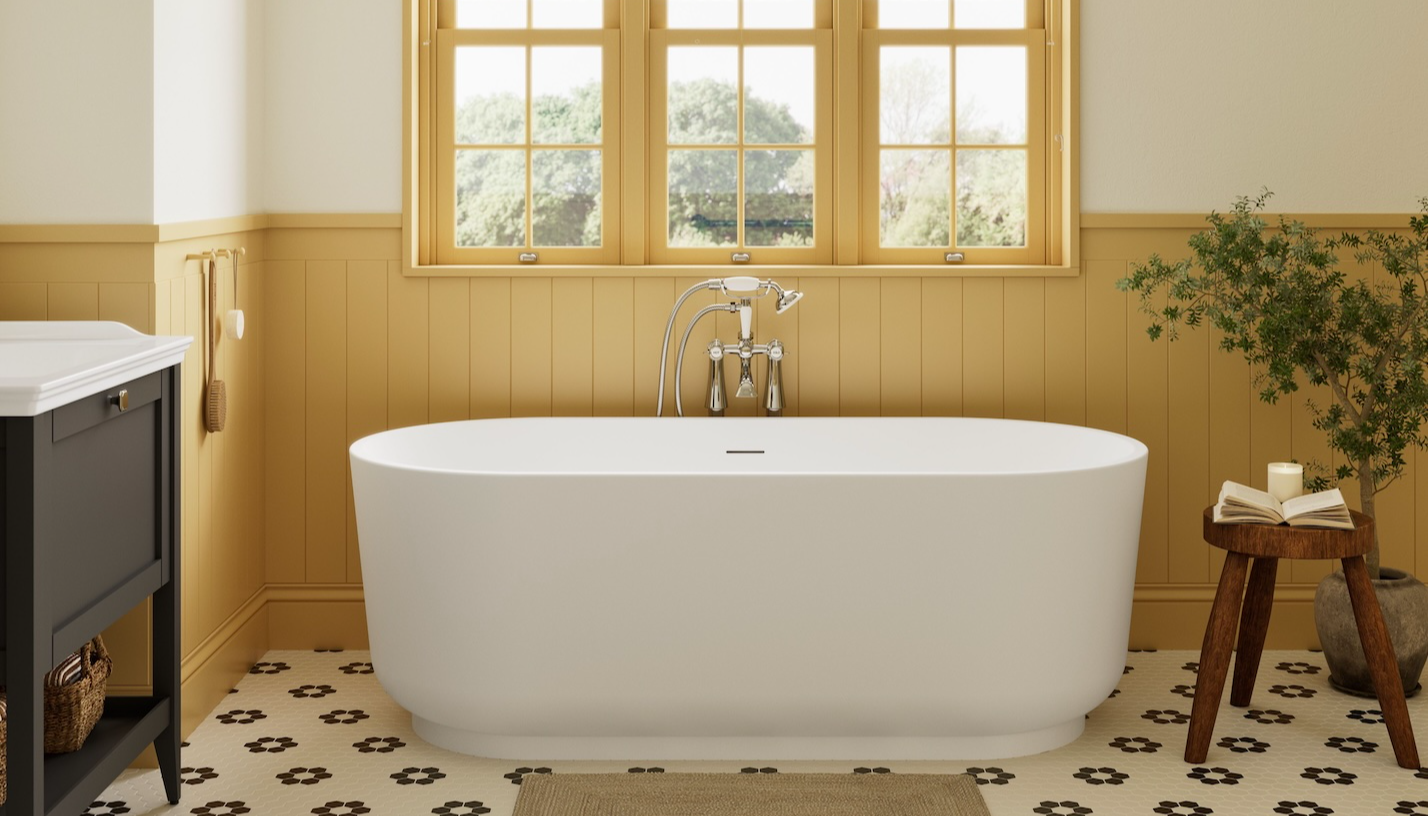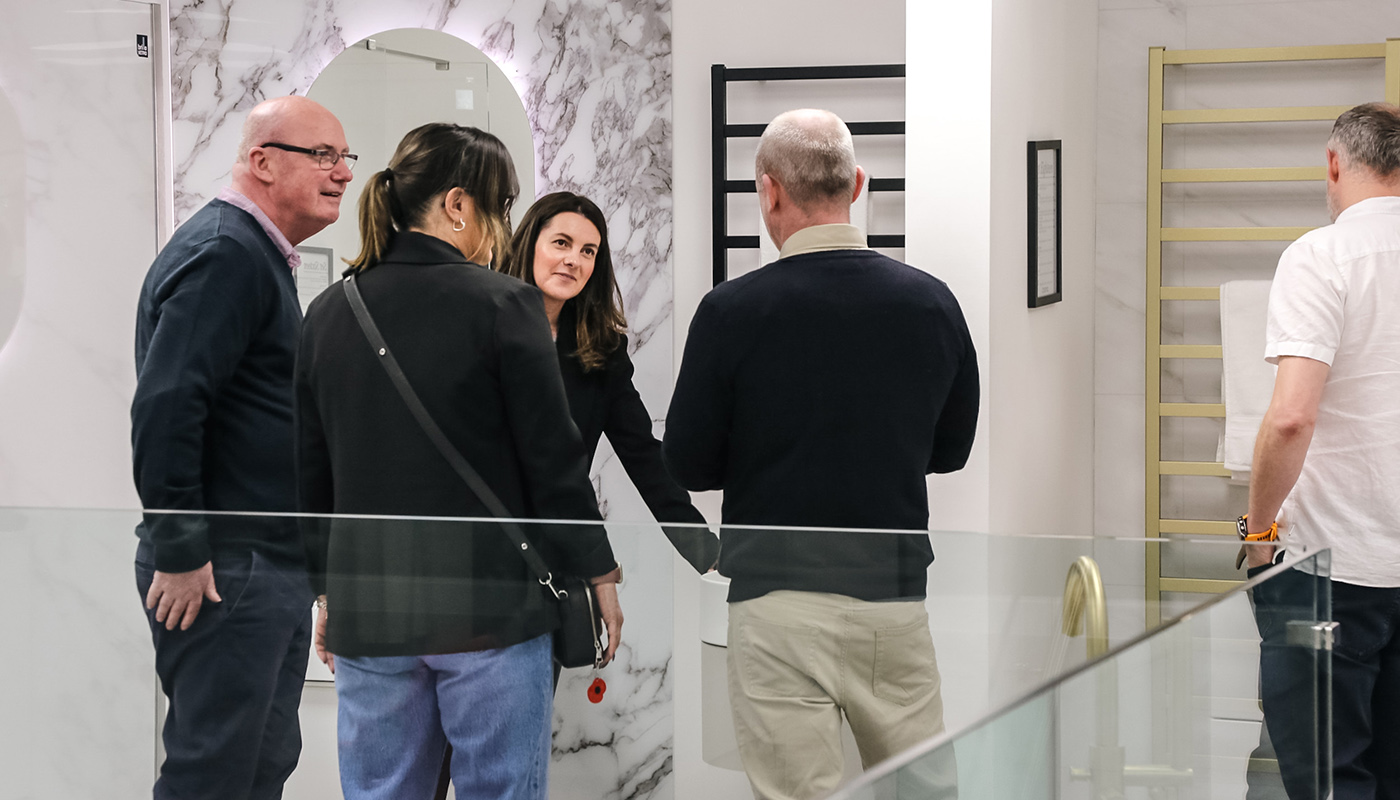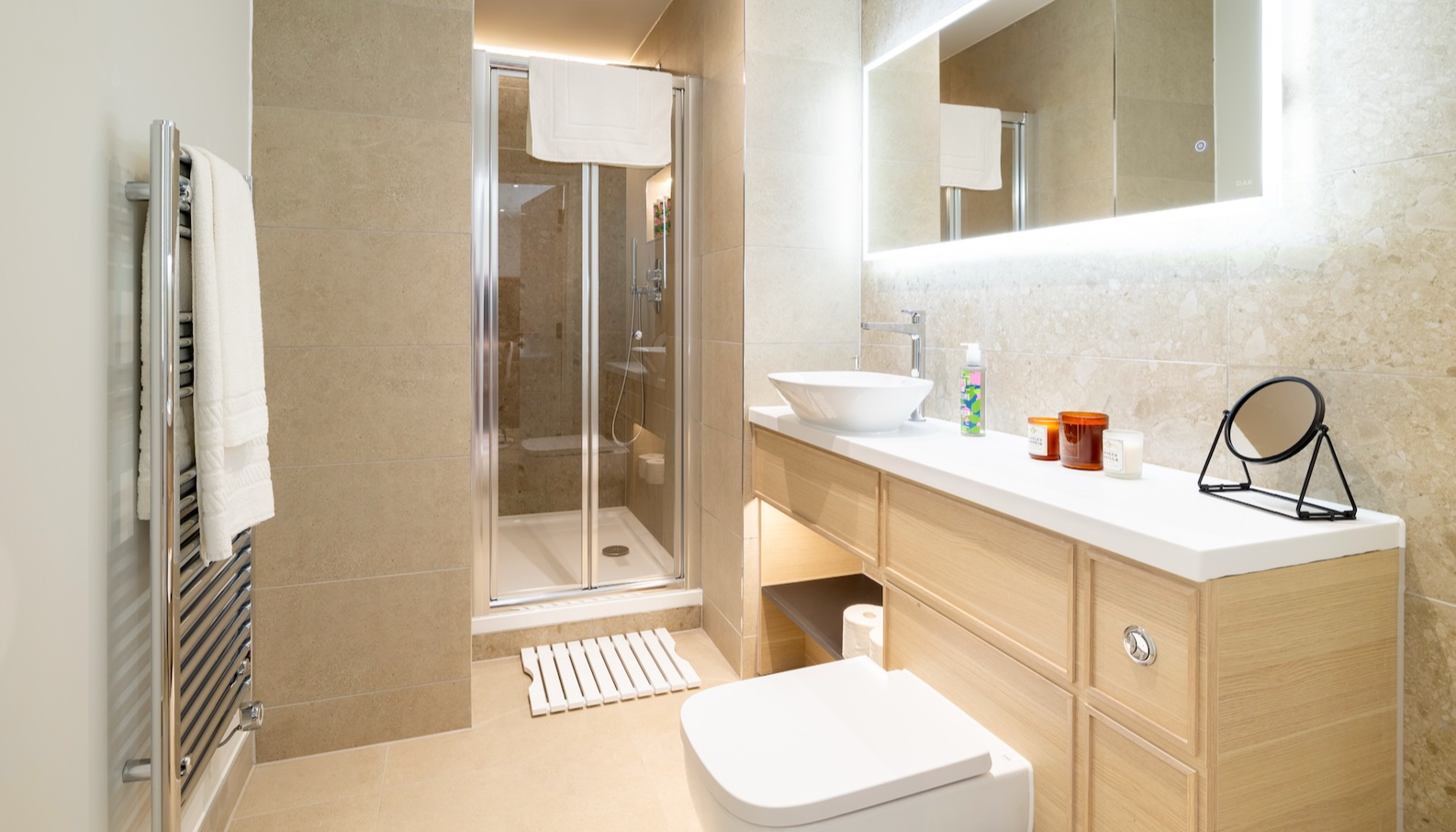Mark Conacher – Why it's time to rethink how we design bathrooms

Mark Conacher – Why it's time to rethink how we design bathrooms
MD of SENSTEC USA Mark Conacher reveals why he believes considering the future when planning a bathroom for now is the mark of a great designer.
Statistically, the bathroom is seen as the most dangerous room in the home, and so exploring bathroom safety in more detail during the initial conversation and design phase with a client will likely pay dividends for everyone in the long term.
It's not about viewing bathroom safety from a panic-button, grab-bar-in-every-corner perspective, but adopting a common sense approach, and designing with the future in mind. It's about the reality that every one of us, at some point, will need a bathroom that's just a bit safer and easier to use.
Ageing-in-place, universal-design, and accessible-design – Let's not mix them up
Ageing in place is a goal.
Accessible design is a response.
Universal design is a philosophy.
They're not the same, but they share something important: intent. No bathroom will work for everyone, as some people have specific medical needs that might require custom solutions. But we can make a leap forward in how a 'standard' bathroom can work for more people, just by thinking more carefully.
So how can we quietly build in more flexibility from the very beginning, long before any physical challenges arise?
Encourage your client to plan for later
Budgets are always tight, but some features are worth prioritising, especially when they are more difficult to install at a later date.
For example:
- Install the highest-quality, anti-slip shower tray you can. That's the foundation. It's not something they want to revisit in 5 years.
- Reinforce the shower walls behind the tiles or wet-wall. You might not fit a shower seat or grab bar today, but later when someone needs one, it'll be an easy fix instead of a complete shower renovation.
- Choose fixtures and layouts that won't need to be ripped out if mobility or eyesight changes later in life.
Small decisions made early on can shape how well a space works down the line for a homeowner. It's also worth noting that with preparation, small changes in the future become far less expensive and disruptive. For example, wall-hung items like a seat or fold-down handrail can be added in minutes if the wall behind them has been properly framed and reinforced during the initial roughing stage. This kind of planning ahead doesn't add a huge cost now but will definitely save a fortune later on.
In any case, homeowners don't have to wait to hit retirement age or encounter mobility issues for safety features to start being useful. That shower seat might be helpful when recovering from a sports injury, that handheld shower could come in handy when washing the dog, and that low-level motion sensor lighting is always welcome for those 4am loo visits, at any age. A step-free or low-level shower tray is easier for children and safer for older adults. A wall-hung shower seat can help a pregnant woman just as much as someone recovering from surgery.
Even simple things like choosing taps that are easy to grip or placing shower controls where they don't require the user to stretch are good design tips that can make daily life easier for more people.
Design is about more than today
Bathrooms are often the smallest rooms in the home, but they can have the biggest consequences when things go wrong. But if a bathroom is safe to use, it can help people remain independent, even when their needs change. It offers them dignity. That peace of mind doesn't just help the individual; it helps the entire family.
The new standard
The future always arrives quicker than we think, and if a bathroom still feels easy and safe in 5, 10, or 15 years, then in my view that's a sign of great design. It doesn't have to look different. It just has to work better for more people.
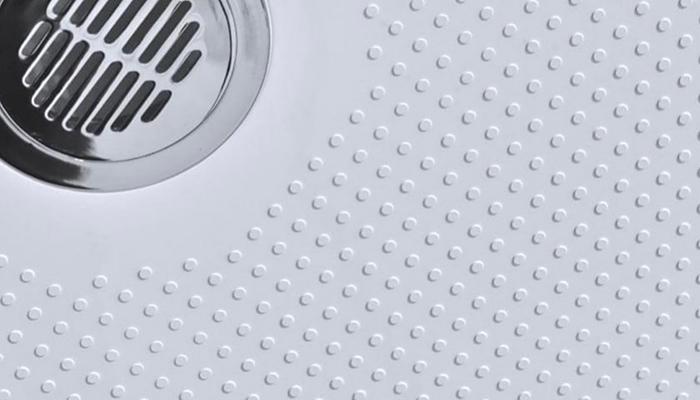
Tags: insight, features, mark conacher, senstec, accessible design, multigenerational design, inclusive design, anti-slip shower trays, bathrooms




